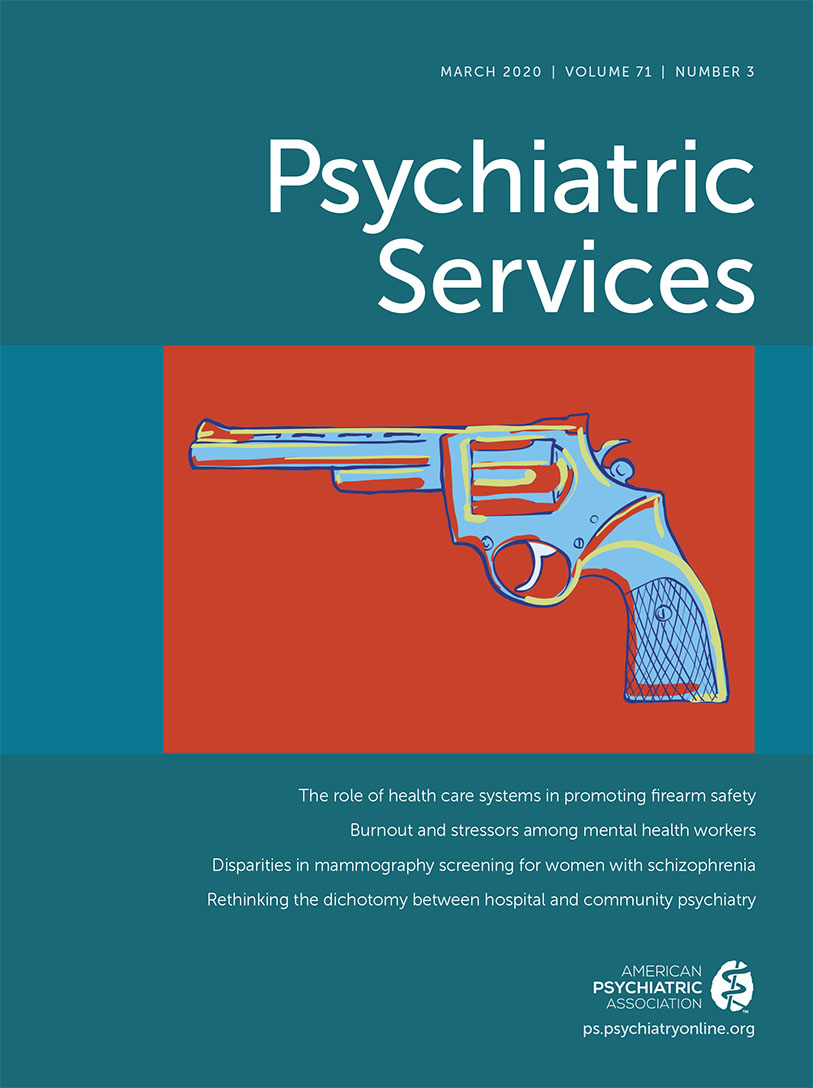Psychiatric Readmission of Children and Adolescents: A Systematic Review and Meta-Analysis
Abstract
Objective:
To investigate predictors of psychiatric hospital readmission of children and adolescents, a systematic review and meta-analysis was conducted.
Methods:
Following PRISMA statement guidelines, a systematic literature search of articles published between 1997 and 2018 was conducted in PubMed/MEDLINE, Google Scholar, and PsycINFO for original peer-reviewed articles investigating predictors of psychiatric hospital readmission among youths (<18 years old). Effect sizes were extracted and combined by using random-effects meta-analysis. Covariates were investigated with meta-regression and subgroup analyses.
Results:
Thirty-three studies met inclusion criteria, containing information on 83,361 children and adolescents, of which raw counts of readmitted vs. non-readmitted youths were available for 76,219. Of these youths, 13.2% (N=10,076) were readmitted. The mean±SD study follow-up was 15.9±15.0 months, and time to readmission was 13.1±12.8 months. Readmission was associated with, but not limited to, suicidal ideation at index hospitalization (pooled odds ratio [ORpooled]=2.35, 95% confidence interval [CI]=1.64–3.37), psychotic disorders (ORpooled=1.87, 95% CI=1.53–2.28), prior hospitalization (ORpooled=2.51, 95% CI=1.76–3.57), and discharge to residential treatment (ORpooled=1.84, 95% CI=1.07–3.16). There was evidence of moderate study bias. Prior investigations were methodologically and substantively heterogeneous, particularly for measurement of family-level factors.
Conclusions:
Interventions to reduce child psychiatric readmissions should place priority on youths with indicators of high clinical severity, particularly with a history of suicidality, psychiatric comorbidity, prior hospitalization, and discharge to residential treatment. Standardization of methods to determine prevalence rates of readmissions and their predictors is needed to mitigate potential biases and inform a national strategy to reduce repeated child psychiatric hospital readmissions.



